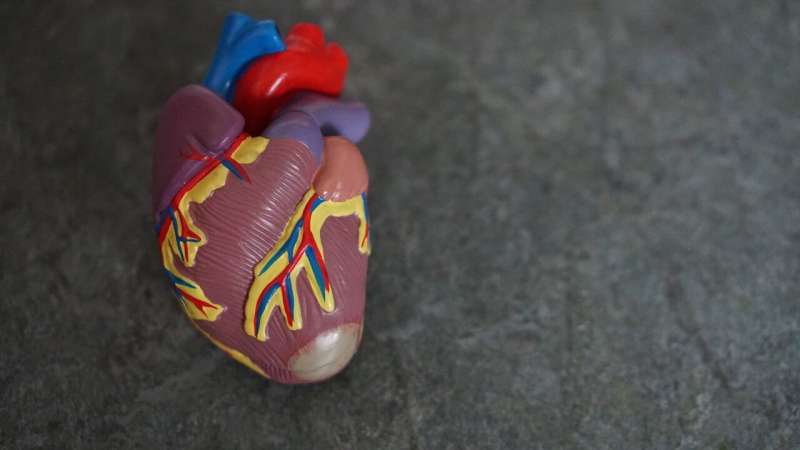
A process that releases iron in response to stress may contribute to heart failure, and blocking this process could be a way of protecting the heart, suggests a study in mice published today in eLife.
People with heart failure often have an iron deficiency, leading some scientists to suspect that problems with iron processing in the body may play a role in this condition. The study explains one way that iron processing may contribute to heart failure and suggests potential treatment approaches to protect the heart.
“Iron is essential for many processes in the body including oxygen transport, but too much iron can lead to a build-up of unstable oxygen molecules that can kill cells,” says first author Jumpei Ito, who was a Research Associate at the School of Cardiovascular Medicine and Sciences, King’s College London, UK, at the time the study was carried out, and is now a visiting scientist based at Osaka Medical College, Japan. “We already knew that iron metabolism undergoes changes in heart failure, but it was unclear whether these changes are helpful or harmful.”
To learn more about the role of iron metabolism in heart failure, Ito and colleagues studied mice lacking a protein called the nuclear receptor coactivator 4 (NCOA4), which is necessary to release iron stored in cells when the body’s iron levels are low. They found that these mice developed less severe changes associated with heart failure compared to mice with NCOA4. Specifically, the NCOA4-deficient mice did not develop excessive levels of iron or a build-up of unstable oxygen molecules that can lead to cell death in heart failure.
A compound called ferrostatin-1 inhibits the release of stored iron and reduces the accumulation of unstable oxygen molecules. Further experiments by the team showed that treating mice with NCOA4 with ferrostatin-1 can reduce the amount of cell death in heart failure. “Our results suggest that the release of iron can be detrimental to the heart,” Ito says. “It can lead to unstable oxygen levels, death in heart cells and ultimately heart failure.”
More studies are now needed to understand each step in the process that releases iron and to test whether inhibiting this process could be beneficial to people with heart failure.
Source: Read Full Article